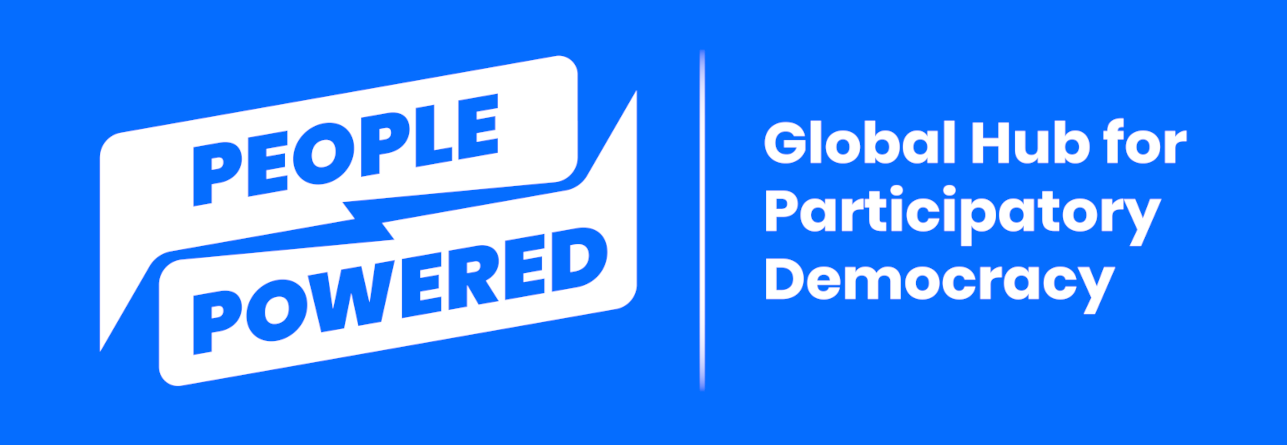How we developed the ratings
In 2024, we asked the platform developers to complete a survey to enable us to update their scores and information. We also conducted in-depth research into how digital participation and deliberation platforms integrate AI features to enhance participation during a participatory process. To update the ratings, we synthesized research insights, new developer survey responses, expert reviews, and past user and developer surveys. Our research included analyzing live instances of each platform, reviewing marketing materials, and examining demo videos to assess the platform's offerings and features.
For this edition, we did not make any revisions to the methodology and criteria. However, we revisited each platform's scores and added more information and guidance on each criterion, including participatory democracy approaches and platform features, qualitative narratives, and detailed explanations breaking down what each score means for the different criteria. These changes aim both to help users understand the ratings and to provide richer, up-to-date information on each tool. Where the tool provided more information, some of their scores improved. If you're a platform developer and would like to improve your score, we welcome your feedback! Please share more information with us here—we're always looking to refine and enhance our evaluation process.
This year’s work was conducted and supported by Matt Stempeck, People Powered staff, and two members of our Digital Participation Committee, Ana Doria and Katya Petrikevich. The full committee acted in an advisory capacity, providing feedback on ratings. Read more about the committee on the next page.
It is important to note that:
The ratings compare digital participation platforms across a range of criteria to help governments and organizations decide on a suitable platform for their needs.
The ratings are not based on testing of platforms, but on an assessment of their features, pricing, track record and reliability, etc.
Committee members based their evaluations mainly on publicly available information on the platforms’ websites and elsewhere, in addition to their own expertise and responses to the developer and user surveys.
Other resources
Next: The Committee




